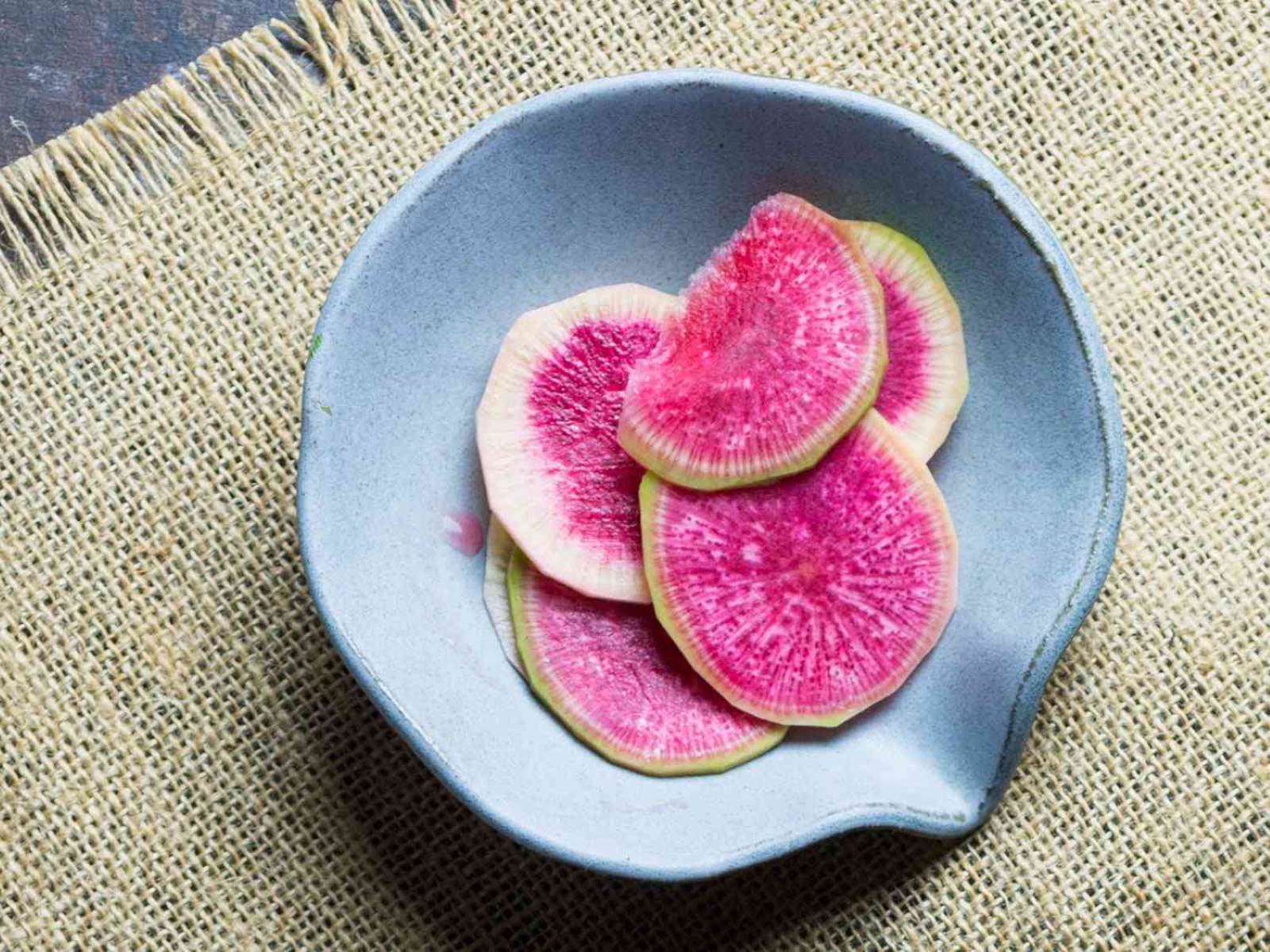

Articles
How To Store Watermelon Radishes
Modified: August 17, 2024
Learn how to store watermelon radishes properly to keep them fresh and flavorful. Our articles provide expert tips and advice for maximizing the shelf life of these vibrant root vegetables.
(Many of the links in this article redirect to a specific reviewed product. Your purchase of these products through affiliate links helps to generate commission for Storables.com, at no extra cost. Learn more)
Introduction
Watermelon radishes, also known as Red daikon radishes, are a unique and vibrant vegetable that add a pop of color to any dish. With their crisp texture and slightly sweet taste, watermelon radishes have become increasingly popular in recent years. Whether you plan on using them fresh in salads, pickling them, or incorporating them into various recipes, knowing how to properly store watermelon radishes is essential to maintain their freshness and flavor.
In this article, we will guide you through the process of choosing the right watermelon radishes and provide tips on washing and preparing them. We will also explore different methods of storing watermelon radishes, whether you have them whole or sliced. Additionally, we will discuss the option of freezing watermelon radishes to prolong their shelf life. By following these guidelines, you can ensure that your watermelon radishes stay fresh and delicious for an extended period.
So, let’s dive in and learn how to store watermelon radishes and make the most out of this delightful and versatile vegetable.
Key Takeaways:
- Choose firm, vibrant watermelon radishes and store them in the refrigerator or root cellar to maintain their freshness for up to two weeks. Handle with care and remove greens before storage.
- Extend the shelf life of watermelon radishes by pickling sliced radishes or freezing them after blanching. Proper packaging and regular checks ensure maximum freshness and flavor.
Read more: How To Store Korean Radish
Choosing the Right Watermelon Radishes
When it comes to selecting watermelon radishes, there are a few key factors to consider. By paying attention to these aspects, you can ensure that you choose radishes that are fresh, flavorful, and of high quality.
1. Size and Shape: Look for watermelon radishes that are firm, smooth, and relatively symmetrical in shape. They should feel heavy for their size, which indicates that they have retained moisture and are less likely to be dry or woody.
2. Skin Color: The outer skin of watermelon radishes should have a vibrant, deep pink or reddish hue. Avoid radishes with dull or pale skin, as it may indicate that they are older or have become dehydrated.
3. Flesh Color: The real beauty of watermelon radishes lies within their vibrant pink or deep red flesh. When selecting radishes, choose ones with uniform, brightly colored flesh throughout. Avoid radishes with pale or white streaks, as this may indicate a loss of flavor or quality.
4. Texture: Gently squeeze the radishes to assess their texture. They should feel firm and have a slight give when pressure is applied. Avoid radishes that feel soft or mushy, as they may be past their prime.
5. Organic Options: Whenever possible, opt for organic watermelon radishes. Choosing organic ensures that you are selecting radishes that have been grown without the use of synthetic pesticides or chemicals, making them a healthier choice.
Remember that freshness is crucial when it comes to watermelon radishes. The fresher the radishes, the better they will taste and the longer they will last. If you have access to a farmers’ market or local produce stand, you may find fresher and more unique varieties of watermelon radishes to choose from.
By taking these factors into consideration, you can ensure that you bring home the best watermelon radishes for your culinary endeavors. Now that you have selected the perfect radishes, let’s move on to discussing how to properly wash and prepare them for storage.
Washing and Preparing Watermelon Radishes
Before storing watermelon radishes, it is important to wash and prepare them properly. This not only helps to remove any dirt or residue but also ensures that the radishes stay fresh and free from any contaminants. Here’s a step-by-step guide on how to wash and prepare watermelon radishes:
1. Rinse the Radishes: Start by rinsing the watermelon radishes under cold running water. Use your hands to gently rub the surface of the radishes to remove any dirt or debris.
2. Trim the Tops: Trim off any leafy greens attached to the radishes. While these greens are edible and can be used in salads or sautéed, it is recommended to store the radishes separately to prevent the greens from drawing moisture from the radishes.
3. Scrub or Peel (Optional): Depending on personal preference, you can choose to scrub the skin of the radishes with a vegetable brush to remove any stubborn dirt. Alternatively, you can also peel the radishes using a peeler to achieve a more polished look or to remove any blemishes.
4. Slice or Dice (Optional): Depending on how you plan to use the radishes, you may choose to slice or dice them. For salads or garnishes, thinly sliced radishes can add a crisp and refreshing touch. However, if you prefer a different texture, dicing the radishes into small cubes may be more suitable.
5. Place in Cold Water (Optional): If you are not planning to use the radishes immediately, you can place them in a bowl of cold water. This helps to keep the radishes hydrated and crisp, preventing them from drying out.
Remember to handle the radishes gently to avoid bruising or damaging their delicate flesh. After washing and preparing the radishes, you can proceed to store them using one of the methods discussed in the next section.
Now that you’ve learned how to properly wash and prepare watermelon radishes, it’s time to explore the various methods of storing them to maintain their freshness and maximize their shelf life.
Storing Watermelon Radishes
Proper storage is crucial for maintaining the freshness and flavor of watermelon radishes. Whether you have whole radishes or sliced ones, here are some effective methods for storing watermelon radishes:
Storing Whole Watermelon Radishes:
1. Refrigerator Storage: Place the whole radishes in a perforated plastic bag or wrap them loosely in a damp paper towel. This helps to maintain the radishes’ moisture while allowing for proper airflow. Store them in the refrigerator’s crisper drawer, which offers the ideal humidity level for preserving their freshness. Whole watermelon radishes stored this way can last for up to two weeks.
2. Root Cellar or Cool Storage: If you have access to a root cellar or a cool and dark place with low humidity, you can store watermelon radishes unwashed and in a paper bag. Make sure to remove any excess dirt or debris before storing. This method provides a similar environment to the refrigerator but without the need for electricity. Radishes stored in a root cellar can last for several weeks.
Storing Sliced Watermelon Radishes:
1. Airtight Container in the Refrigerator: Place the sliced radishes in an airtight container or a resealable plastic bag. It is important to remove as much air as possible to prevent moisture loss. Store the container or bag in the refrigerator, ensuring it is kept away from areas with fluctuating temperatures, such as near the door. Sliced watermelon radishes stored this way can last for up to one week.
2. Pickling: Preserve your sliced watermelon radishes by pickling them. This process involves submerging the radishes in a vinegar-based brine solution, which not only enhances their flavor but also prolongs their shelf life. Store the pickled radishes in a sterilized jar in the refrigerator, and they can last for several weeks.
Freezing Watermelon Radishes:
If you have an abundance of watermelon radishes or want to extend their shelf life even further, freezing is an excellent option. Here’s how to freeze watermelon radishes:
1. Blanching: Start by blanching the watermelon radishes in boiling water for a couple of minutes. This helps to retain their color, texture, and flavor while preserving their nutrients.
2. Cooling: Transfer the radishes into a bowl of ice water immediately after blanching to stop the cooking process and cool them down rapidly.
3. Packaging: Once cooled, pat dry the radishes and place them in freezer-safe bags or containers. Remove any excess air and seal them tightly.
4. Freezing: Label the bags or containers with the date and place them in the freezer. Frozen watermelon radishes can last for up to six months.
Tips for Maximizing Freshness:
– Avoid washing the radishes until you are ready to use them, as excess moisture can cause them to spoil faster.
– Remove any damaged or rotting radishes from the bunch to prevent them from affecting the others.
– If storing radish greens, place them in a separate bag or container to prevent moisture transfer.
– Regularly check the stored radishes for any signs of spoilage and discard any that appear soft, mushy, or have a foul smell.
By following these storage methods and tips, you can ensure that your watermelon radishes stay fresh and flavorful for an extended period. Whether you choose to store them in the refrigerator, root cellar, or freezer, these methods will help you enjoy the succulent taste of watermelon radishes all year round.
Now that you have learned how to properly store watermelon radishes, you can confidently enjoy their unique flavor and incorporate them into various recipes.
Storing Whole Watermelon Radishes
When it comes to storing whole watermelon radishes, proper storage techniques are essential to maintain their freshness and extend their shelf life. Here are two effective methods for storing whole watermelon radishes:
1. Refrigerator Storage: The refrigerator is the most common and convenient place to store whole watermelon radishes. Follow these steps for optimal storage:
– Start by gently washing the radishes under cold running water to remove any dirt or debris.
– Pat them dry with a clean towel.
– Place the whole radishes in a perforated plastic bag or wrap them loosely in a damp paper towel. This helps retain their moisture while allowing for proper airflow.
– Store the radishes in the refrigerator’s crisper drawer, which offers a controlled humidity level to enhance freshness.
– It is essential to keep whole watermelon radishes away from ethylene-producing fruits like apples and bananas. Ethylene gas can accelerate the ripening process and cause the radishes to spoil quickly.
When stored properly in the refrigerator, whole watermelon radishes can last for up to two weeks.
2. Root Cellar or Cool Storage: If you have access to a root cellar or a cool and dark place with low humidity, you can opt for this traditional method of storage. Here’s what you need to do:
– Ensure that the radishes are clean and free from excess dirt. You can gently scrub them under cold running water and pat them dry.
– Place the whole watermelon radishes in a paper bag, ensuring there is enough space for ventilation and airflow.
– Store the bag of radishes in a cool and dark area with a temperature range of 32 to 40°F (0 to 4°C) and a humidity level of around 90%.
By following these steps, you can store whole watermelon radishes in a root cellar or cool storage area for several weeks, allowing you to enjoy their crispness and flavor even beyond their normal shelf life.
Remember to check the stored watermelon radishes periodically for any signs of spoilage. Discard any radishes that appear soft, mushy, or have a foul odor as these can affect the quality of the rest of the radishes.
Proper storage of whole watermelon radishes is crucial to maintain their peak freshness and flavor. By utilizing the refrigerator or a root cellar, you can extend the shelf life of these vibrant and versatile vegetables and incorporate them into your favorite recipes whenever you desire.
Store watermelon radishes in the refrigerator. Keep them in a perforated plastic bag to maintain moisture and prevent wilting. They can last for up to two weeks when stored this way.
Read more: How To Store Radish Greens
Storing Sliced Watermelon Radishes
If you’ve sliced watermelon radishes and have some leftovers, proper storage is key to maintaining their freshness and texture. Here are two effective methods for storing sliced watermelon radishes:
1. Airtight Container in the Refrigerator: The refrigerator is the go-to option for storing sliced watermelon radishes, ensuring they stay fresh and ready for your next dish. Follow these steps:
– Place the sliced radishes in a clean, airtight container or a resealable plastic bag.
– Remove as much air as possible from the container or bag to prevent moisture loss, which can cause the radishes to wilt quickly.
– Seal the container tightly or close the bag securely.
– Store the container or bag in the refrigerator, preferably in the crisper drawer or a low-humidity section.
– Avoid storing the sliced radishes near areas with fluctuating temperatures, such as near the refrigerator door.
When stored correctly in an airtight container or bag in the refrigerator, sliced watermelon radishes can remain fresh for up to one week.
2. Pickling: Another excellent option for storing sliced watermelon radishes is pickling, which not only extends their shelf life but also adds a tangy flavor twist. Here’s how you can pickle sliced watermelon radishes:
– Prepare a pickling brine by combining equal parts water and vinegar (such as rice vinegar or white vinegar) in a saucepan. Add sugar, salt, and spices (like mustard seeds or peppercorns) for extra flavor, according to your preference.
– Bring the brine to a boil, stirring until the sugar and salt have dissolved completely.
– Add the sliced watermelon radishes to sterilized jars, leaving some headspace at the top.
– Pour the hot pickling brine over the radishes, making sure they are fully submerged in the liquid.
– Seal the jars tightly and let them cool to room temperature. Then, refrigerate the pickled radishes for at least 24 hours to allow the flavors to develop.
Properly pickled watermelon radishes can last for several weeks when stored in the refrigerator. The pickling process not only preserves their texture but also enhances their taste, making them a versatile addition to salads, sandwiches, and more.
Whether you choose to store sliced watermelon radishes in an airtight container or opt for the tangy delight of pickling, both methods will help maintain their quality and keep them ready for your culinary creations.
Remember to check the stored sliced radishes periodically and discard any pieces that show signs of spoilage, such as sliminess or an off-putting odor. This will ensure that only the freshest and tastiest slices make it into your dishes.
By utilizing these storage methods, you can store sliced watermelon radishes effectively and enjoy their vibrant flavor and crunch in various recipes.
Freezing Watermelon Radishes
If you have an abundance of watermelon radishes or want to prolong their shelf life, freezing is a great option. Freezing watermelon radishes allows you to preserve their freshness and flavor for an extended period. Here’s a step-by-step guide on how to freeze watermelon radishes:
1. Blanching: Start by blanching the watermelon radishes in boiling water for a couple of minutes. Blanching helps to maintain their color, texture, and flavor while preserving their nutrients. It also helps to kill any bacteria present on the radishes.
2. Cooling: Immediately after blanching, transfer the radishes to a bowl of ice water. This stops the cooking process and cools them down quickly. Let the radishes sit in the ice water for the same amount of time they were blanched.
3. Drying: Remove the radishes from the ice water and pat them dry thoroughly with a clean towel or paper towels. Excess moisture can lead to ice crystals and affect the quality of the frozen radishes.
4. Packaging: Place the dried watermelon radishes in airtight freezer-safe bags or containers. Be sure to remove as much air as possible from the packaging to prevent freezer burn. Label the bags or containers with the date to keep track of their freshness.
5. Freezing: Place the packaged watermelon radishes in the freezer and ensure they are stored in a single layer. This allows for more efficient freezing and prevents them from sticking together. It is recommended to keep them at a temperature of 0°F (-18°C) or below.
Frozen watermelon radishes can maintain their quality for up to six months in the freezer. However, it is best to consume them within three to four months to enjoy the best texture and flavor.
When you’re ready to use the frozen watermelon radishes, there’s no need to thaw them. You can incorporate them directly into your cooked dishes, such as stir-fries, soups, stews, or roasted vegetable medleys. Thawing is not necessary since the radishes will retain their crispness when cooked from frozen.
It’s important to note that freezing may slightly alter the texture of the radishes. They may become softer after thawing due to the water content freezing and expanding. However, the flavor and nutritional value will remain intact.
By following these simple steps, you can freeze watermelon radishes and enjoy their vibrant taste and texture for several months, even when they are out of season. Freezing is a convenient and practical way to preserve these delicious radishes and add them to your culinary creations whenever you desire.
Tips for Maximizing Freshness
To ensure you get the most out of your watermelon radishes and maximize their freshness, here are some helpful tips:
1. Choose Fresh Radishes: When selecting watermelon radishes, choose ones that are firm, smooth, and have vibrant skin and flesh color. Avoid radishes that show signs of damage, such as soft spots or blemishes.
2. Handle with Care: Watermelon radishes are delicate vegetables, so handle them with care to prevent bruising. Rough handling can lead to accelerated spoilage, so be gentle when washing, preparing, and storing them.
3. Store Without Greens: If your radishes come with attached greens, remove the greens before storing. Radish greens draw moisture from the radishes, causing them to dry out faster.
4. Store in a Cool Place: Both whole and sliced watermelon radishes should be stored in a cool place. A refrigerator or root cellar is an ideal option to maintain their freshness. Ensure the storage location has a temperature range of 32 to 40°F (0 to 4°C) and a humidity level of around 90%.
5. Proper Packaging: Whether storing whole or sliced watermelon radishes, use appropriate packaging to maintain their freshness. Airtight containers or resealable bags with excess air removed work well for sliced radishes. For whole radishes, use perforated plastic bags or wrap them loosely in a damp paper towel.
6. Check Regularly: Periodically check the stored watermelon radishes for any signs of spoilage. Discard any radishes that appear soft, mushy, or have a foul smell. Removing spoiled radishes helps prevent them from affecting the quality of the others.
7. Plan Ahead: To maximize freshness, try to use your watermelon radishes within their peak freshness period. Incorporate them into meals and recipes as soon as possible after purchase or harvest.
8. Avoid Excess Moisture: Moisture can cause watermelon radishes to become soft and deteriorate quickly. Only wash radishes right before using them, rather than in advance. Also, ensure they are thoroughly dried before storing.
9. Store Separately: To prevent cross-contamination and moisture transfer, store watermelon radishes separately from other fruits and vegetables. Certain fruits, such as apples and bananas, produce ethylene gas, which can accelerate the ripening process of the radishes.
10. Preserve Through Pickling: If you have an abundance of radishes that you won’t be able to consume fresh, consider pickling them. Pickling helps to extend their shelf life while adding a tangy flavor to your dishes. Follow a trusted pickling recipe and store the pickled radishes in sterilized jars in the refrigerator.
By following these tips, you can extend the shelf life of your watermelon radishes and maximize their freshness. Enjoy their crisp texture and vibrant flavor in a variety of recipes, from salads to stir-fries, all year round.
Conclusion
Watermelon radishes are a versatile and vibrant vegetable that can add a colorful touch to your culinary creations. To enjoy their freshness and preserve their flavor, it is crucial to store them properly. By following the tips outlined in this article, you can extend the shelf life of watermelon radishes and maximize their freshness.
When selecting watermelon radishes, choose ones that are firm, symmetrically shaped, and have vibrant skin and flesh colors. Proper washing and preparation techniques help remove dirt and debris and ensure the radishes stay fresh and free from contaminants. Whether you store whole or sliced watermelon radishes, using appropriate packaging in a cool environment, such as the refrigerator or a root cellar, will help maintain their quality.
For long-term storage, freezing watermelon radishes is an excellent option. Blanching and properly packaging them before freezing will help preserve their texture and flavor, allowing you to enjoy them even when they are out of season.
Additionally, by pickling sliced watermelon radishes, you can not only prolong their shelf life but also add a tangy twist to your dishes.
To maximize freshness, handle watermelon radishes with care, remove greens before storage, choose a cool storage location, and check regularly for signs of spoilage. Planning ahead and using radishes within their peak freshness period is also recommended.
By following these guidelines, you can ensure that your watermelon radishes stay crisp, flavorful, and ready to be incorporated into a variety of dishes.
So go ahead, experiment with these vibrant root vegetables and enjoy their unique taste and visual appeal. With the knowledge of how to properly store watermelon radishes, you can make the most of this delightful ingredient in your culinary endeavors throughout the year.
Frequently Asked Questions about How To Store Watermelon Radishes
Was this page helpful?
At Storables.com, we guarantee accurate and reliable information. Our content, validated by Expert Board Contributors, is crafted following stringent Editorial Policies. We're committed to providing you with well-researched, expert-backed insights for all your informational needs.
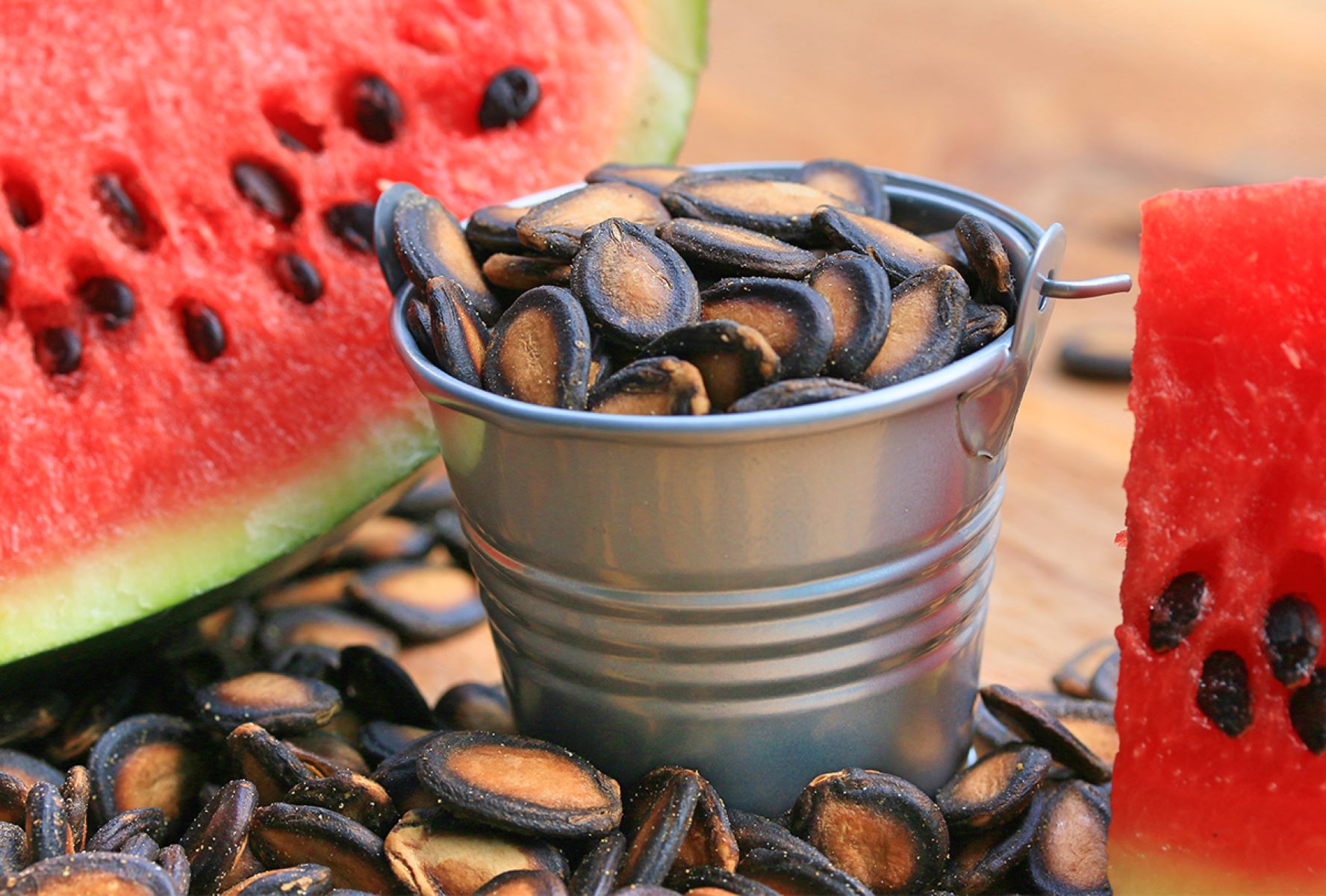
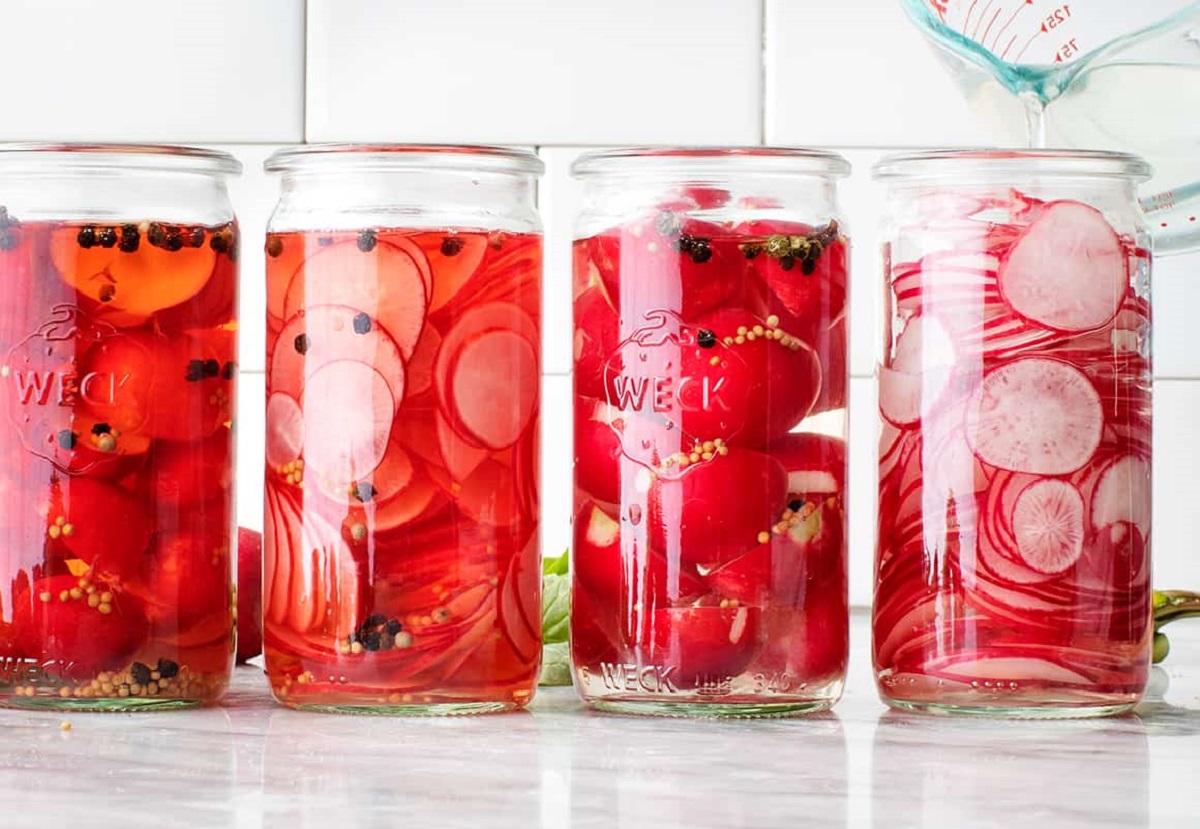
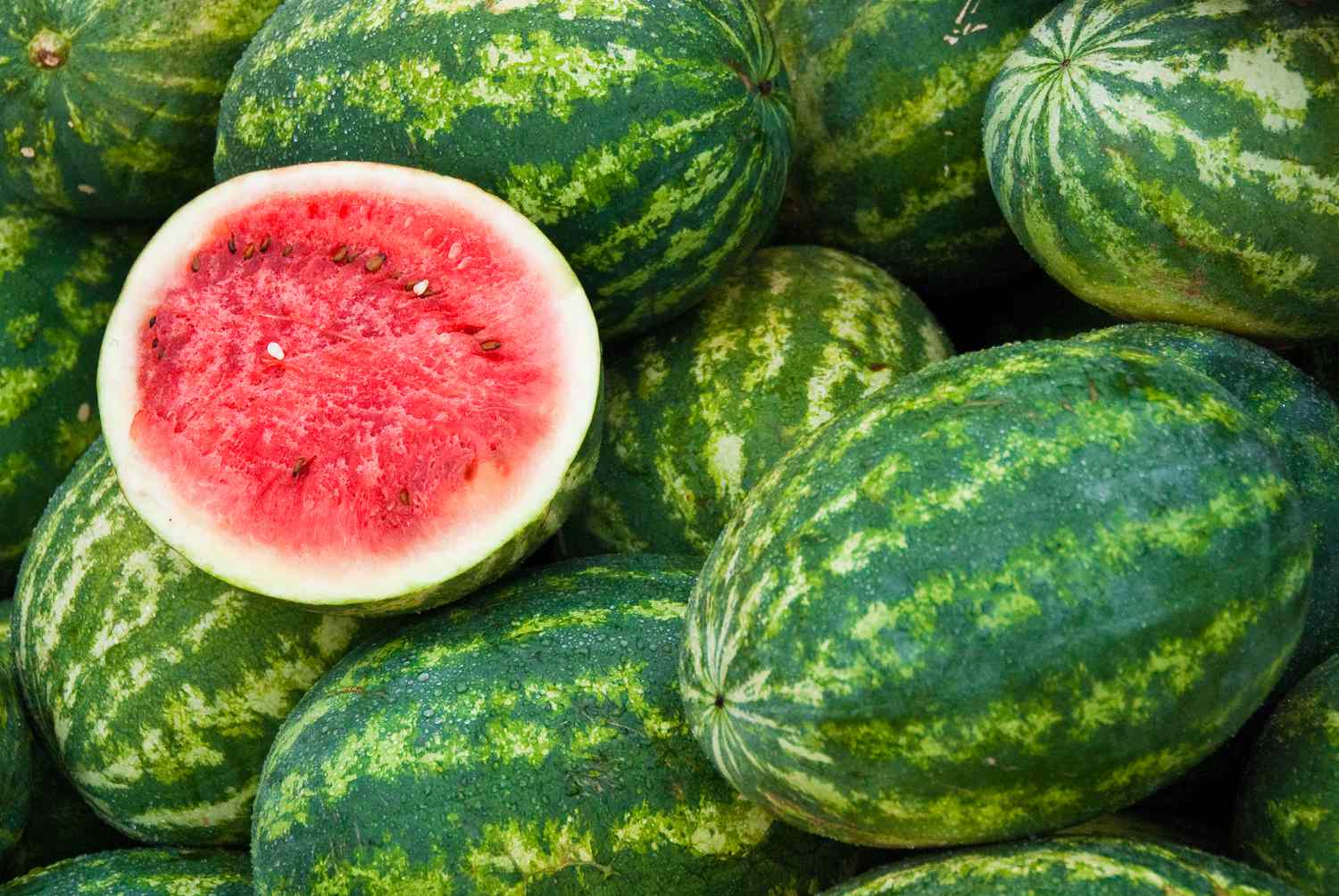
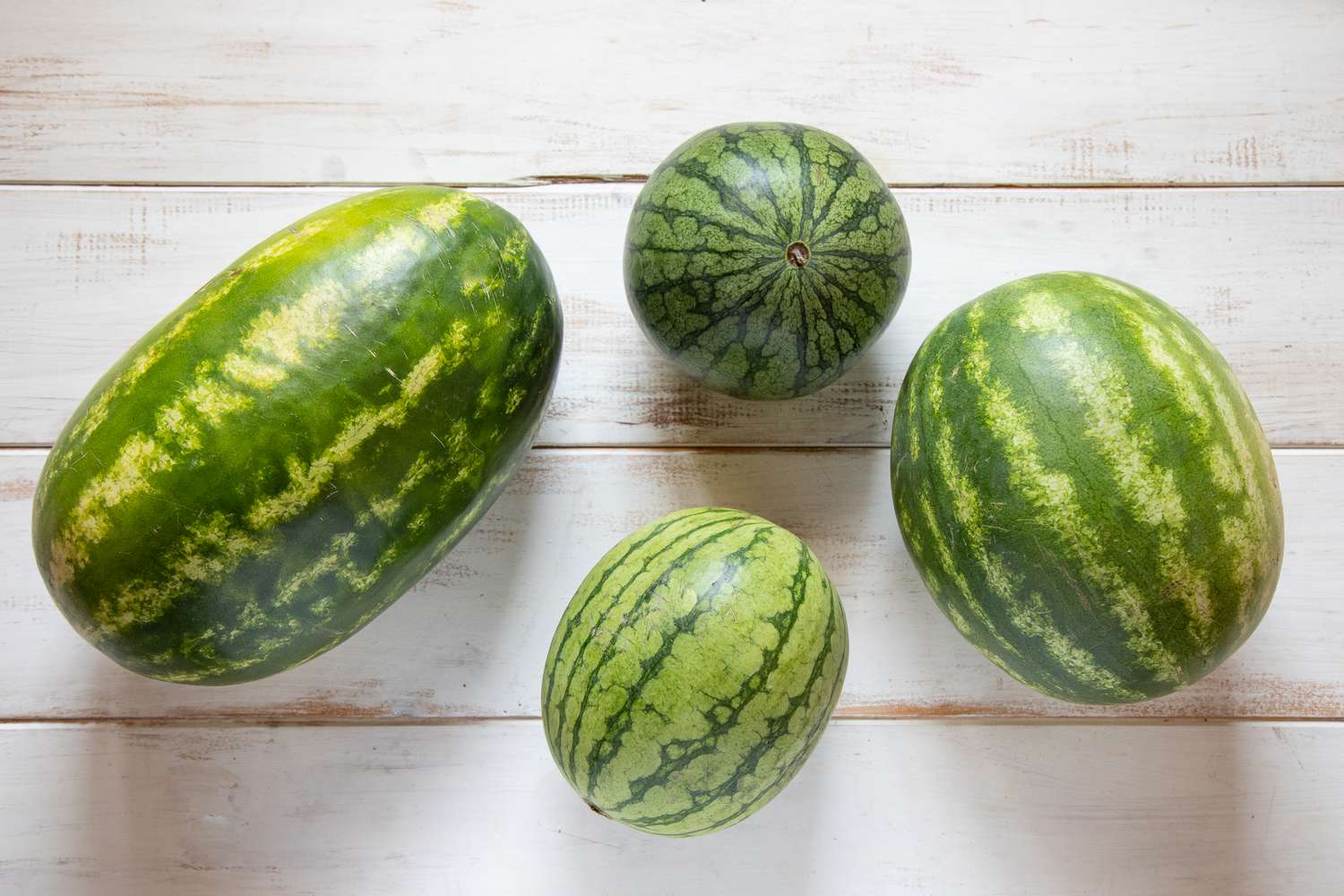
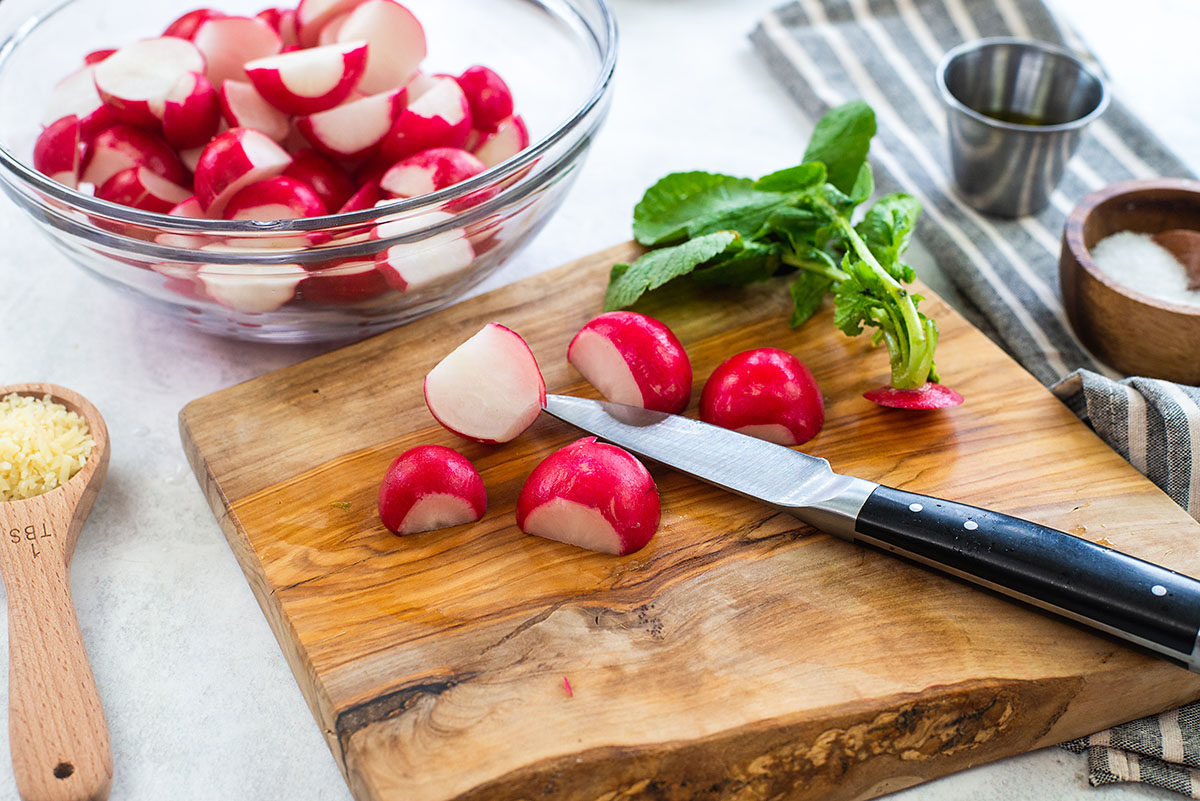
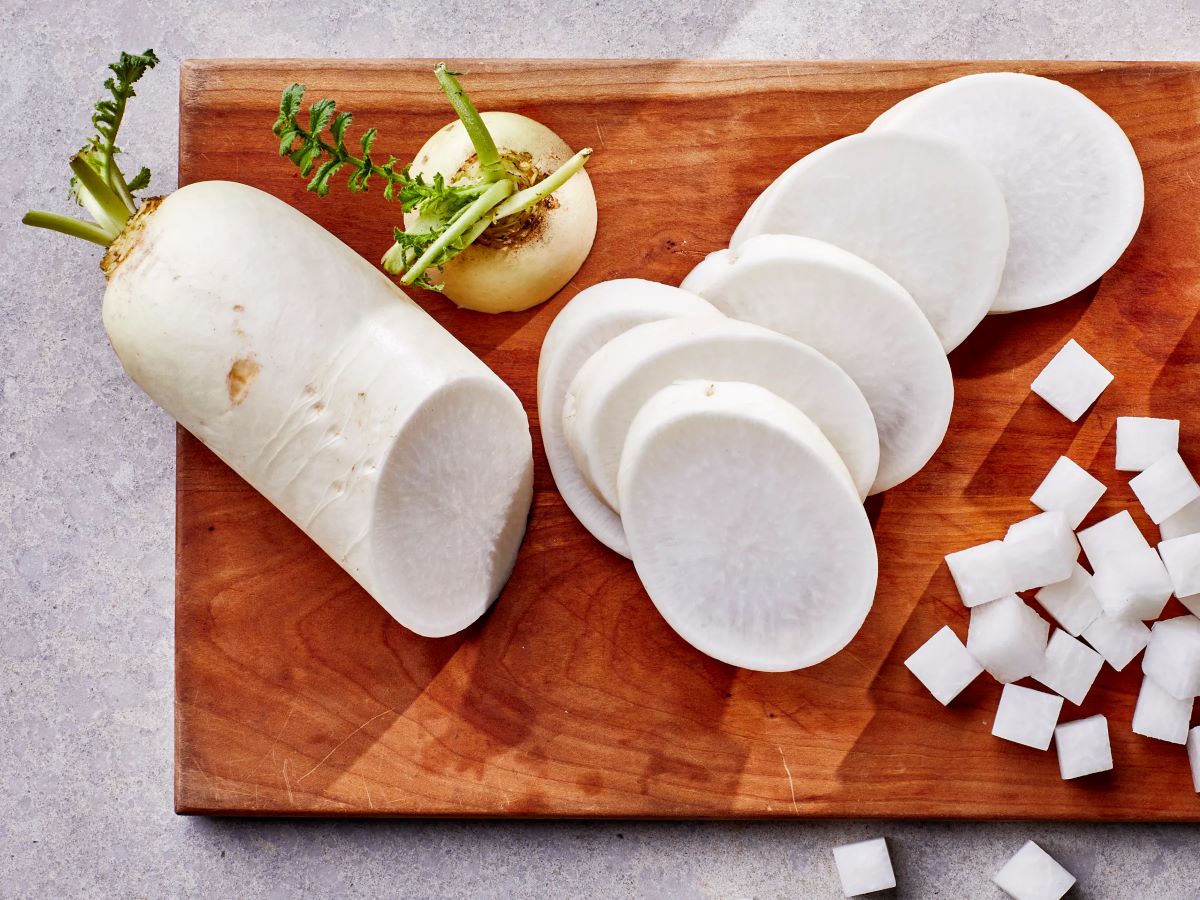
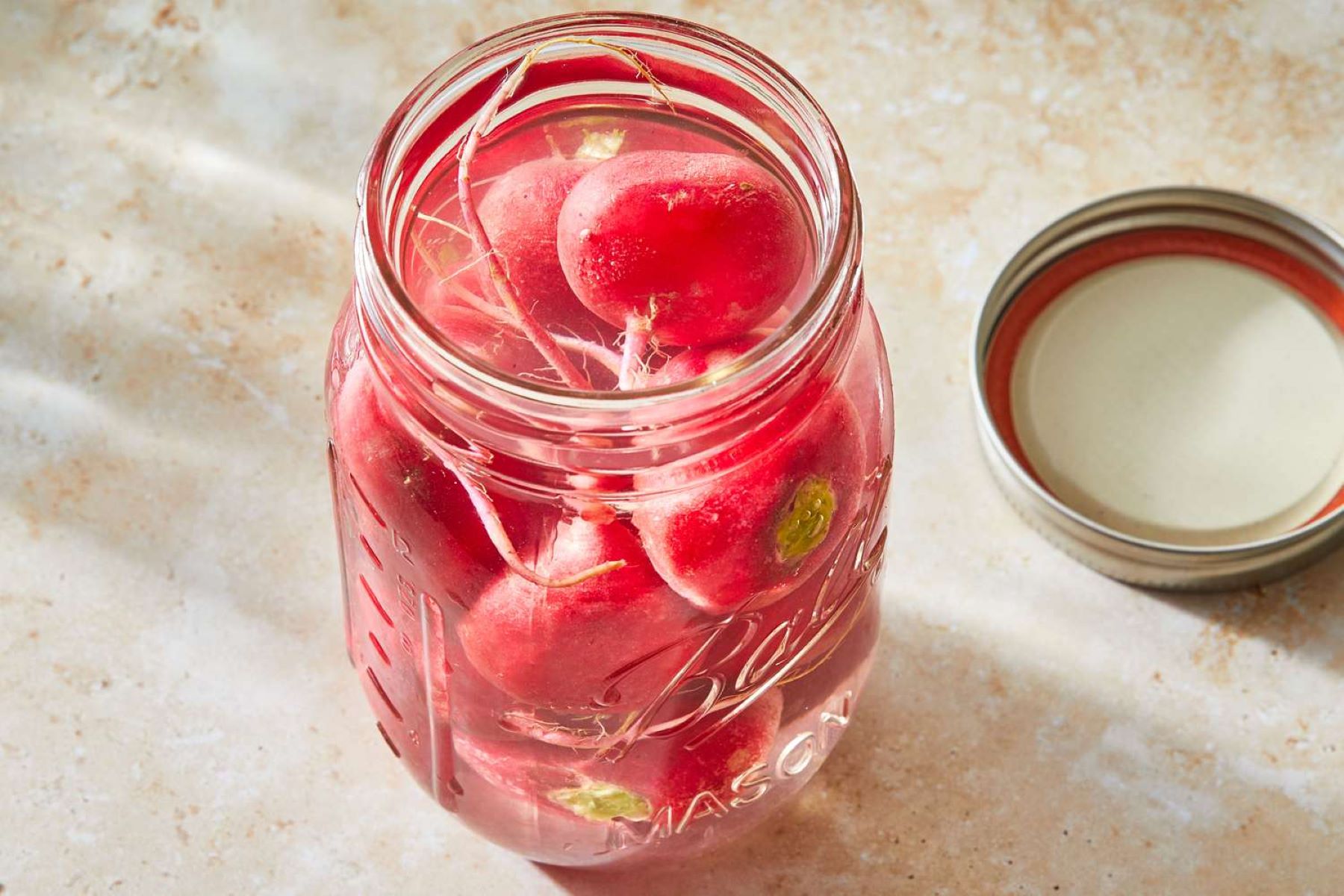
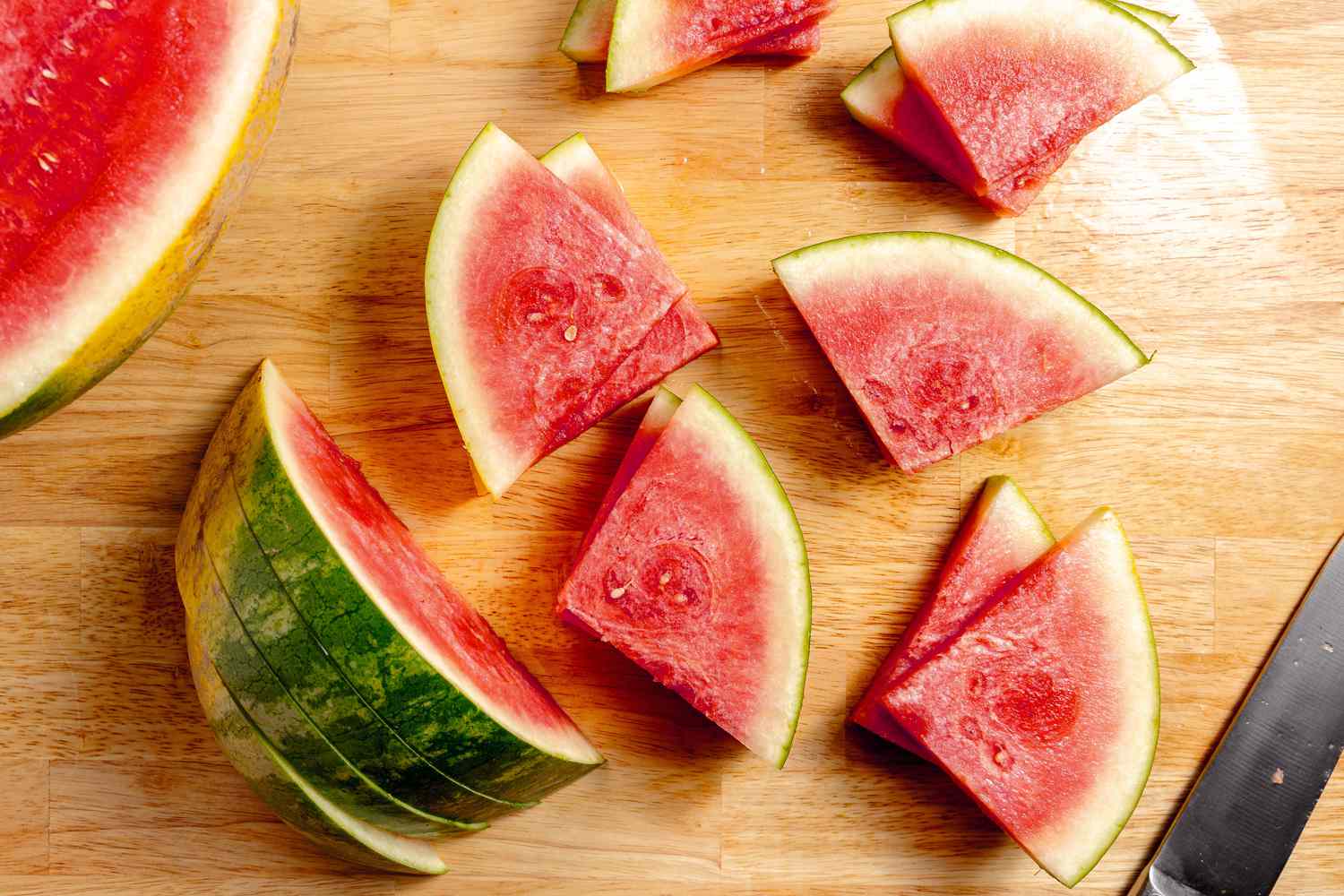
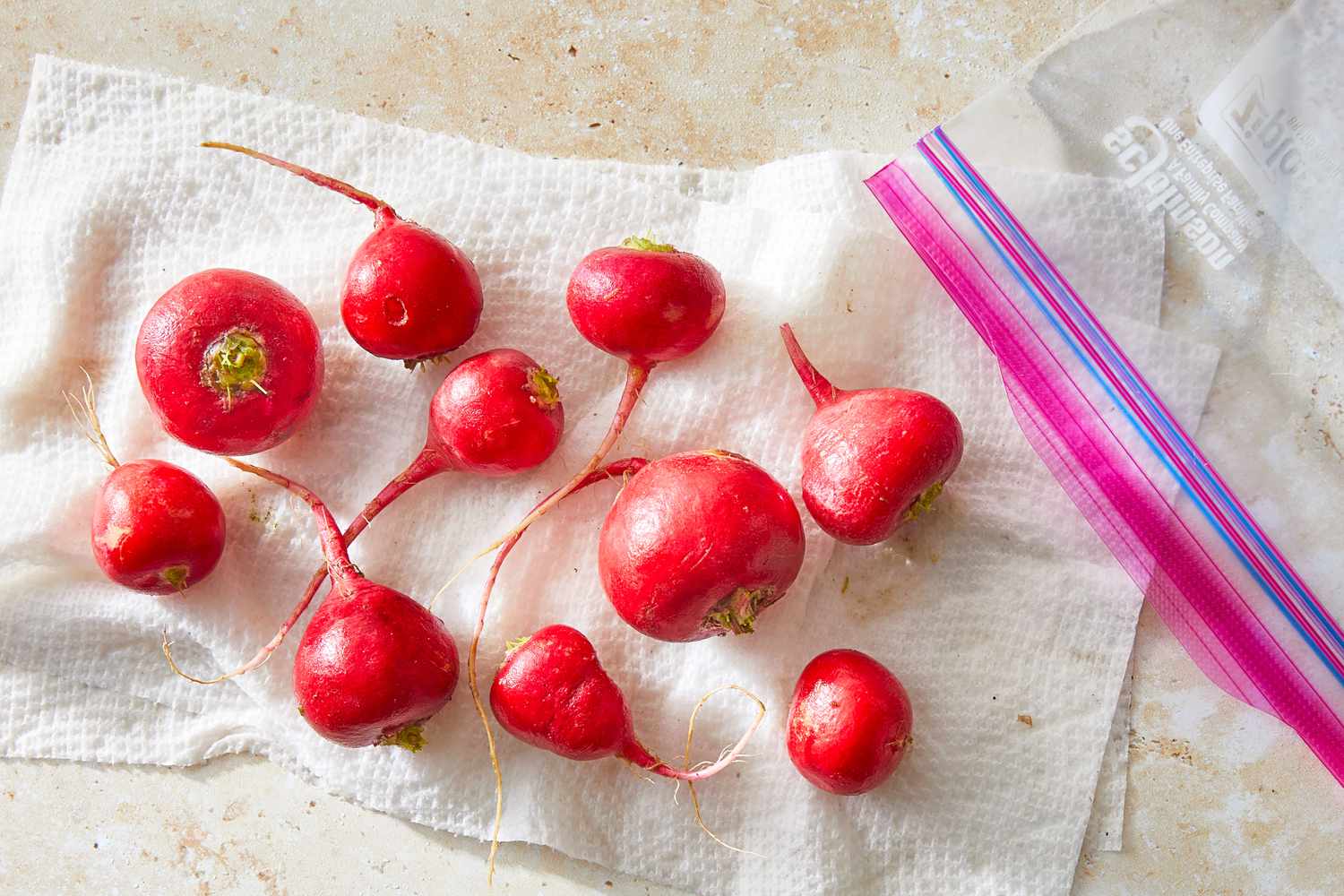
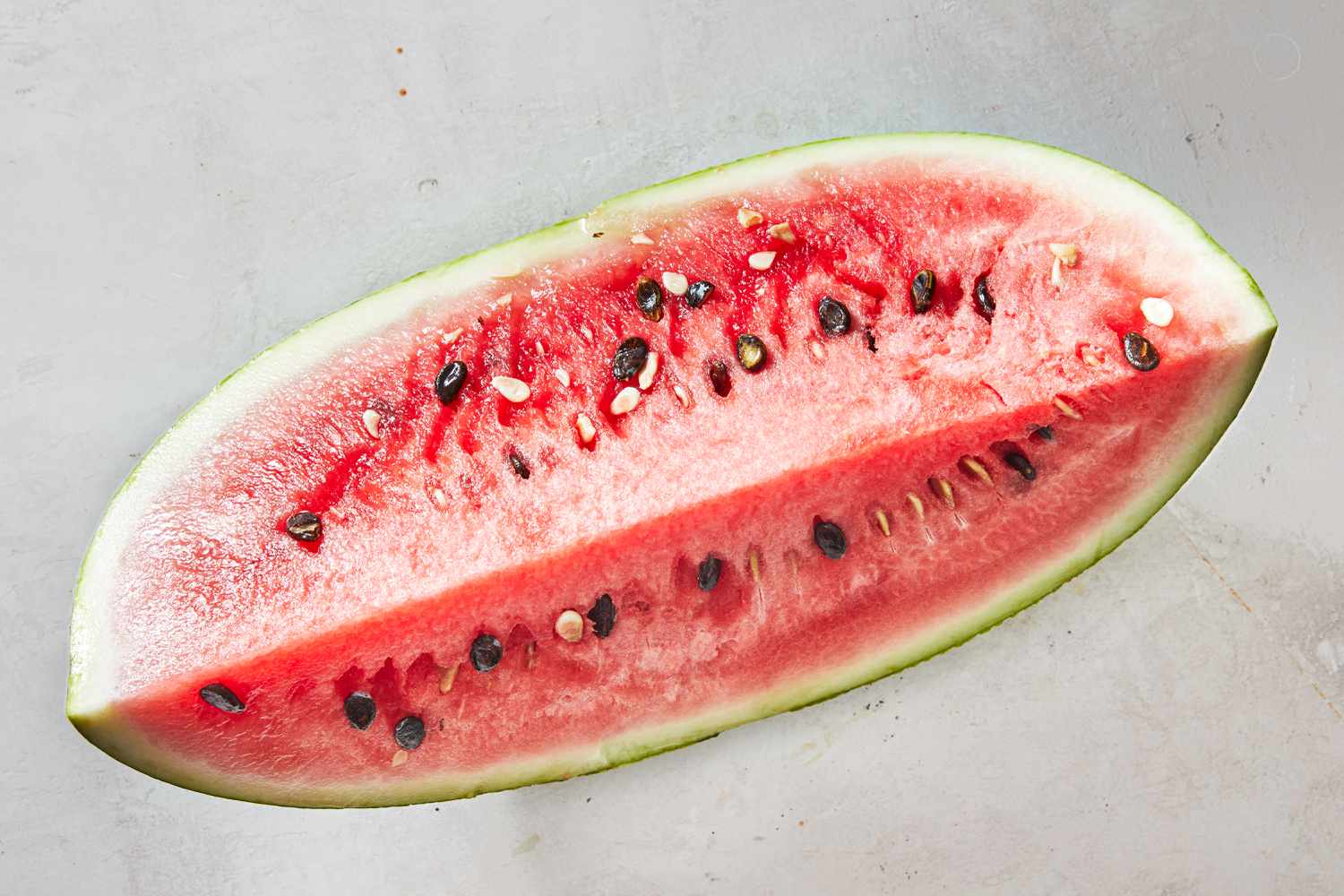
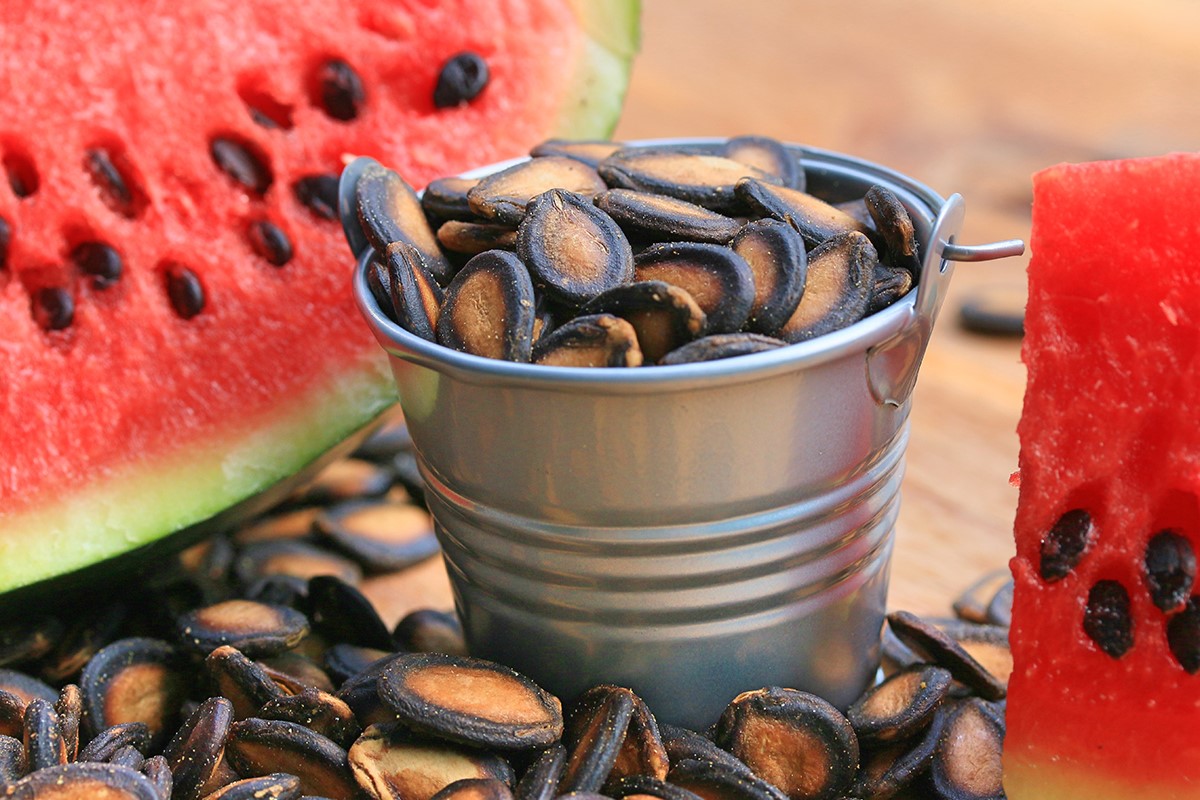
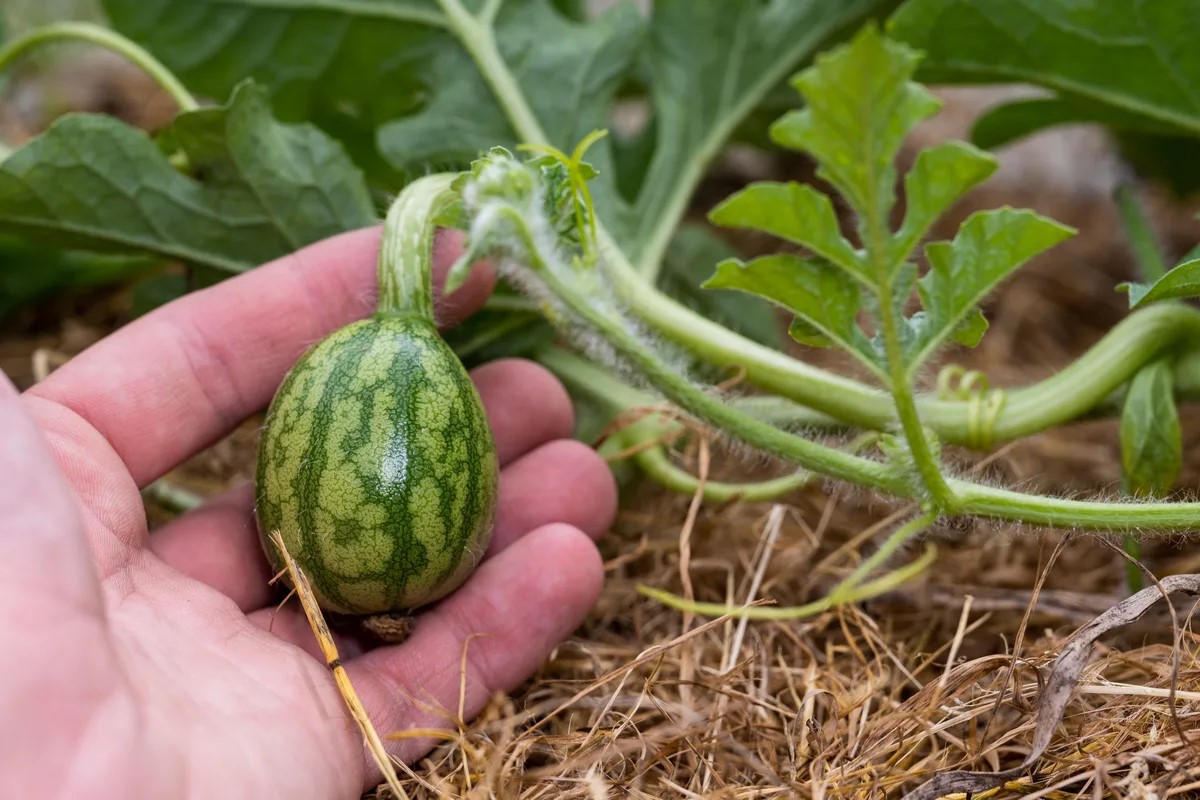
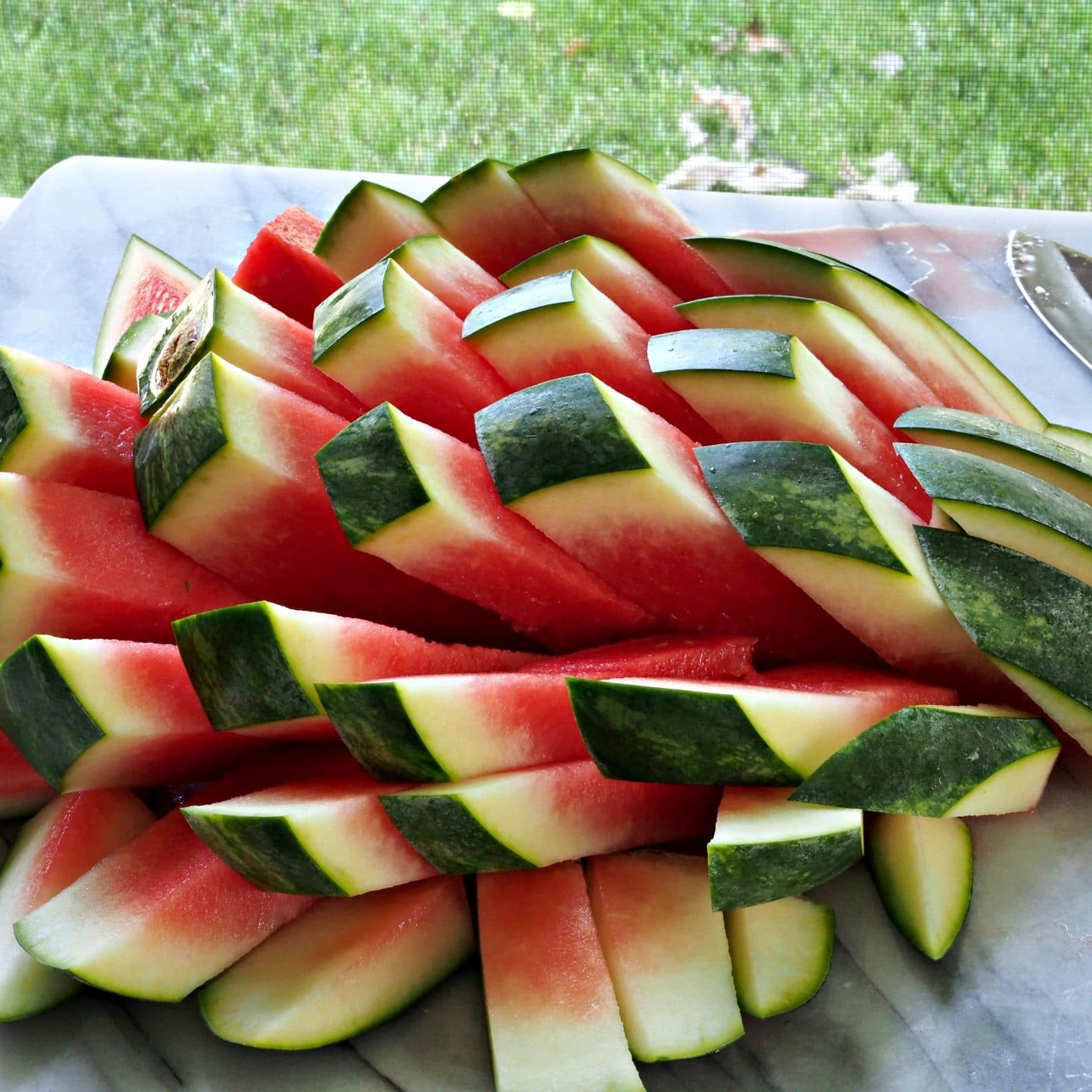
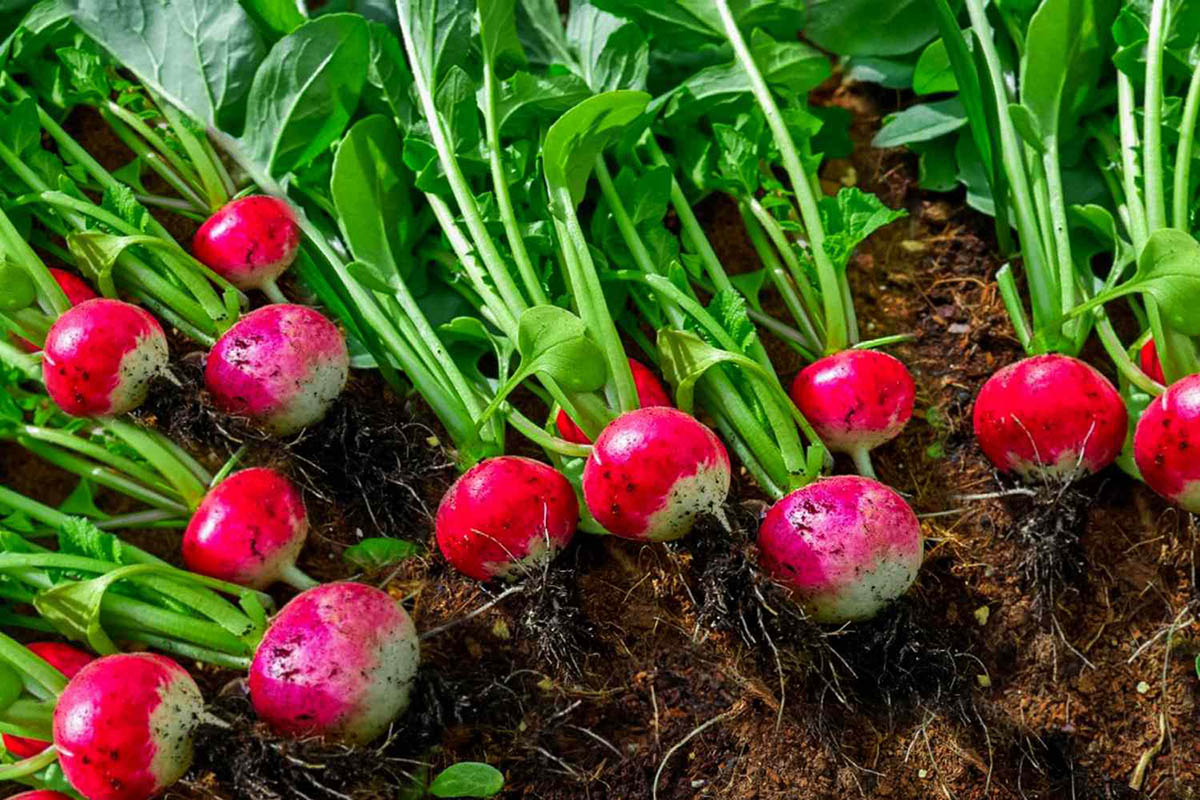

0 thoughts on “How To Store Watermelon Radishes”